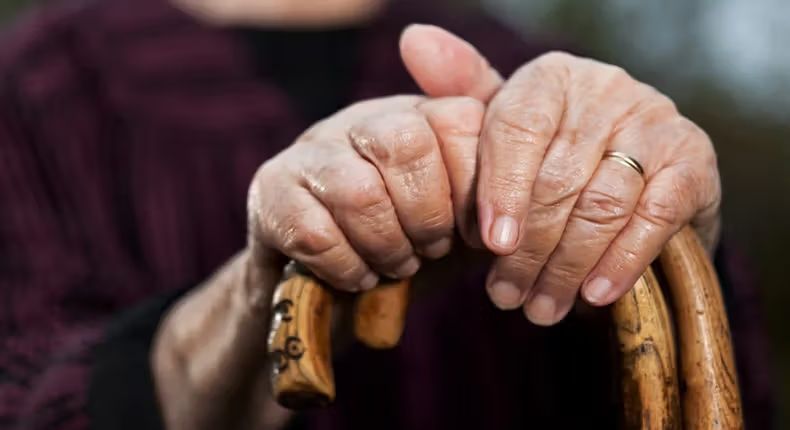Opinion
South Africa’s Healing: A Nation Rebounds from HIV, Denialism, and Loss

From AIDS denial to public health revival, a nation reclaims its future
There was a time-less than two decades ago, when being diagnosed with HIV in South Africa felt like a death sentence. Under the presidency of Thabo Mbeki, HIV-positive citizens were caught in a storm of pseudoscience, government denial, and blocked access to life-saving antiretrovirals (ARVs). Hundreds of thousands of lives were lost, not because help didn’t exist, but because it was denied.
But today, new statistics released by Statistics South Africa (StatsSA) tell a story of resilience, recovery, and slow, steady healing.
Life after loss: South Africa lives longer again
In 2002, life expectancy for South African men stood at just 52 years. Women weren’t far ahead at 57. That same year, the country’s HIV/AIDS epidemic was in full force and government policy was actively stalling treatment.
Fast forward to 2025: men now live to 64 years on average, women to 69. It’s a significant gain that reflects not only advancements in healthcare but also the enormous human cost of the past.
For many, this data is a wake-up call against nostalgia for the so-called “good old days” under Mbeki. The numbers don’t lie, those years were brutal, especially for the poor and the sick.
Covid-19: Another brutal setback
South Africa’s recovery wasn’t linear. When Covid-19 hit, it knocked the wind out of the country’s health progress once more. Male life expectancy dropped three full years, from 62.8 to 59.8, while women lost 3.6 years of life expectancy—down from 68.8 to 65.2.
These were more than just statistics. Each number represented a father, a daughter, a breadwinner, a teacher, people who could have lived longer, had the healthcare system been more resilient.
But even then, the country bounced back. Public health programmes, better access to treatment, and focused outreach—particularly for women of childbearing age—have all helped steer South Africa back toward stability.
A quiet revolution: Children are surviving
Perhaps the most inspiring part of the StatsSA report lies in child mortality. In 2002, nearly 80 children under five died for every 1,000 born. That number has dropped to 26.1 in 2025. Infant mortality, too, has fallen—from 61.9 deaths per 1,000 live births to just 23.1.
These are not just statistics, they’re milestones. They represent mothers holding their babies past their first birthdays, toddlers growing into schoolchildren, and families no longer burying their little ones in silence.
Fewer births, but new challenges ahead
While child survival is improving, South Africa’s fertility rate is quietly declining, a shift that’s surprising for a developing country. Unlike many African nations where birth rates remain high, South Africans are having fewer children.
This means a future where older people make up a larger share of the population. It’s a demographic twist that could stress pensions, healthcare, and long-term economic planning. And while it’s a sign of progress, it also demands smarter social policy.
A legacy still felt and lessons for the future
Mbeki’s AIDS denialism has become a global case study in how politics can cost lives. South Africa is still recovering from that trauma. But today, it stands taller, with better health outcomes, a stabilising fertility rate, and a longer lifespan.
On platforms like X (formerly Twitter), South Africans have been responding with a mix of pride and heartbreak. “We fought for ARVs,” one user posted, “Now our children are growing up.”
Another simply wrote: “We’re still here. We survived.”
In 2025, that survival is more than symbolic, it’s statistical, measurable, and real.
South Africa still has a long road ahead. But the journey from grief to growth is well underway.
{Source: The Citizen}
Follow Joburg ETC on Facebook, Twitter , TikTok and Instagram
For more News in Johannesburg, visit joburgetc.com


























